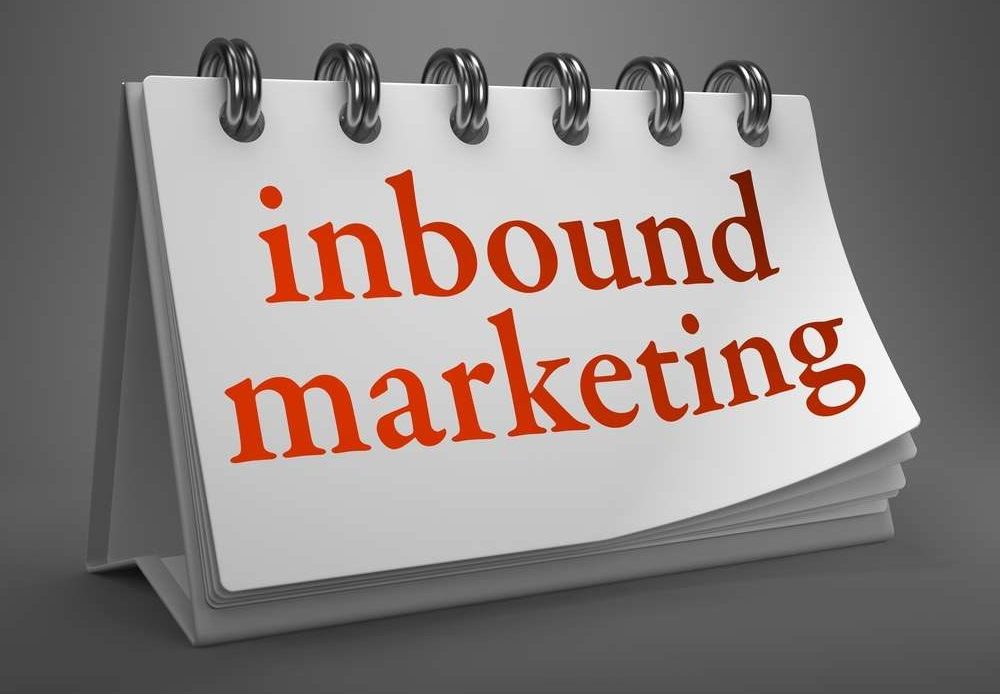We live in a digital world where an inbound marketers task is to drive people to a website. That website, or more specifically the landing page of the site, is the modern-day shop window. It needs to entice, appeal, and also be functional – you wouldn’t go into a shop that didn’t have an easy-to-open door. In the same way, your website needs to easily lead people through the sales funnel you want them to take. According to Marketing Sherpa, 44% of clicks for B2B companies are directed to the business’ homepage, not a special landing page. Here, we’re going to look at what your landing page should be doing, as well as ways to optimize it to generate quality B2B leads.
- What does it do?
A landing page is the page that consumers first land on when they enter your site. A key component of a landing page is a conversion form that allows you to gather visitor information, and therefore generate a lead. A powerful way of doing this is by creating landing pages that consumers land on after they’ve clicked through some kind of paid advertising, perhaps PPC or through a blog, or SEO term.
- B2B lead generation
For small to medium enterprises (SMEs), landing pages are essential to capture vital information about a customer for B2B sales enablement, yet only 48% of marketers build a new landing page for each marketing campaign.
- The first step
Decide on what your conversion goal is. Perhaps there is more than one, say a white paper and a webinar. Figure out the buyer journey and how you want people to reach that ultimate conversion goal. Focus on a central message for your landing page so as not to confuse visitors.
- Design it the right way
If you already have a site that you can assess the customer journey through heat-mapping analytics tools, then do so. Combine this with a thoroughly thought-out design that takes into account the user experience. Just like that shop door, your landing page should lead people towards that conversion goal in an easy and functional way.
- Search it
Ensure that all headings, urls, and other messaging is optimized towards a target keyword for SEO optimization. The more emphasis you place on ensuring that your content includes, and is relevant to, your keyword, the higher up the search ranks you’ll be placed.
- Wave the carrot
Your site is looking spic and span and is search-friendly, now it’s time to use techniques to get your consumers to convert. Create urgency, write like a regular person to be relatable, but most of all, provide them with something that will actually add value to their lives – be it an e-book, webinar, or other valuable piece of content.
- Test it, test it good
The long forgotten and under-used step of the optimization process is to test, test, and test again. The easiest way to go about doing this is to create a plan for it. Write a list of variables that you can play around with on your landing page – different messaging, imagery, and more – and work through changing these variables on a weekly basis and closely record the analytics. This will help you make specific decisions about what should be included, but also give you a general feel for what is working and what isn’t.
Many small to medium businesses struggle with landing page application and optimization by either overthinking the process, or not doing it at all. Every piece of paid advertising should have a landing page attached to it, and that landing page should have a clear and easy-to-access conversion goal. Roughly 75% of businesses have problems finding suitable expertise for optimizing their landing page copy. With freelancing websites everywhere, don’t let a lack of internal expertise get in the way of your landing page optimization. Outsource to someone who is skilled at writing B2B messaging that aligns marketing and sales, and fully optimize your website to generate those leads.

